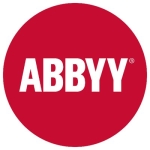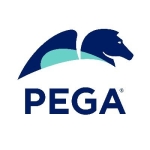Parts of Automation Anywhere (AA) that we are using include IQ BOT, RPA products, and a human in the loop attended Bots as well.
Automation Anywhere (AA) is useful for our customers.
Automation Anywhere IQ Bot is very strong in comparison to other vendors because Automation introduced this intelligent document processing product a long time ago, which is one of its unique features.
When compared to UiPath and Blue Prism, the rest of the products are the same. They are distinct in comparison to the IQ Bot, but other than that, they share many of the same features as other products.
Automation Anywhere has a uniqueness with respect to the IQ Bot.
There is room for improvement; with the overall architecture as it is tightly coupled. Everything is coupled with the Control Room of the overall product architecture.
When I look at the UiPath product, where they have a mostly combined architecture and development environments. It should be more loosely coupled, but both products have advantages and disadvantages.
The overall product in Automation Anywhere is good, but they need to improve a little bit on the overall architecture side.
Integrations should be included with the analytics platforms and third-party SAP, enterprise-level applications, as well as if there are any built-in connectors where you can connect with the ERPs to automate the required teams.
There are ready-made connectors available, which will help to democratize automation across the enterprise with various customers across the globe.
They should include integration with not only analytics but also analytics and enterprise applications, as well as advanced AI/ML features. It's not just about the IdP; some AI/ML features should be available. Aside from computer vision, NLP, NLU, and NLG, as well as a variety of other advanced features, should be included.
I have been working with Automation Anywhere (AA) for six years.
For the last two years, Automation Anywhere (AA) has been deployed on the cloud, and prior to that, it was on-premises.
There are several versions of Automation Anywhere. They have version 11, as well as Automation 360 and Enterprise 360.
Version 11 is considered stable. You will also notice that Automation 360 is attempting to stabilize the overall product.
The scalability of Automation Anywhere's cloud version is excellent, but the on-premise version is a waste of time and money.
I'm familiar with both Automation Anywhere (AA) and UiPath.
Initial setup, after cloud, is fine. It was complicated earlier, but it's fine now. When you sign up for a cloud subscription, then it's plug and play, but it's a little more complicated in the case of on-premises.
I compared Automation Anywhere to UiPath and Blue Prism.
We are resale local partners.
I would rate Automation Anywhere (AA) an eight out of ten.




















